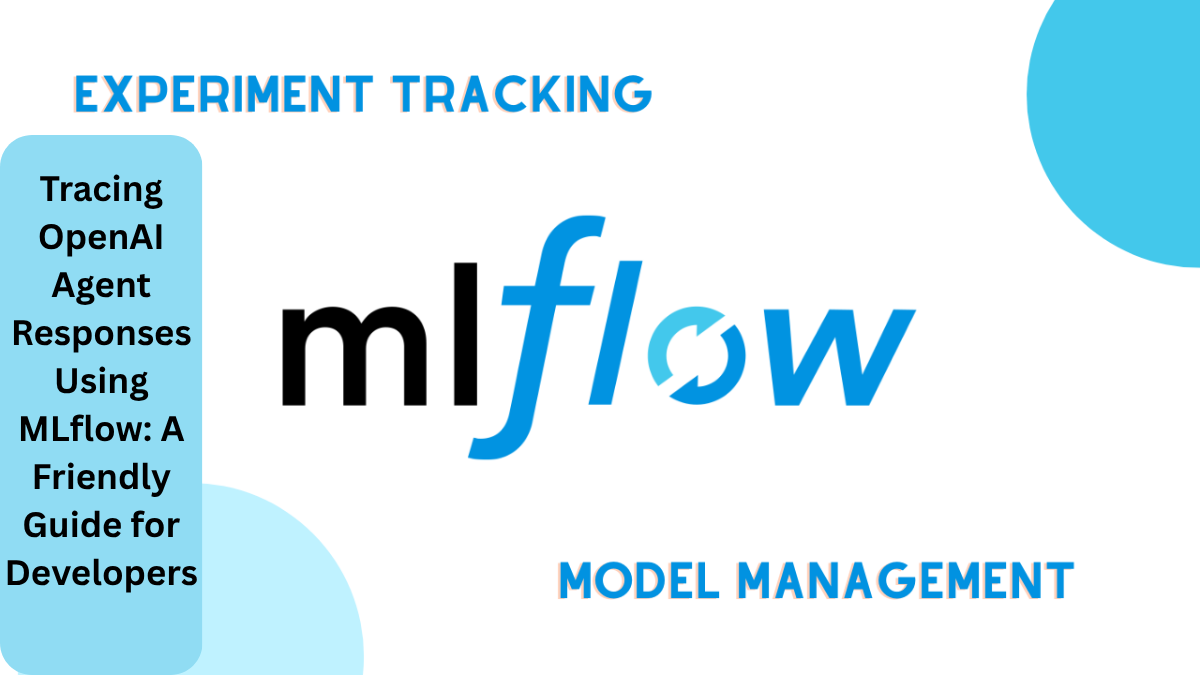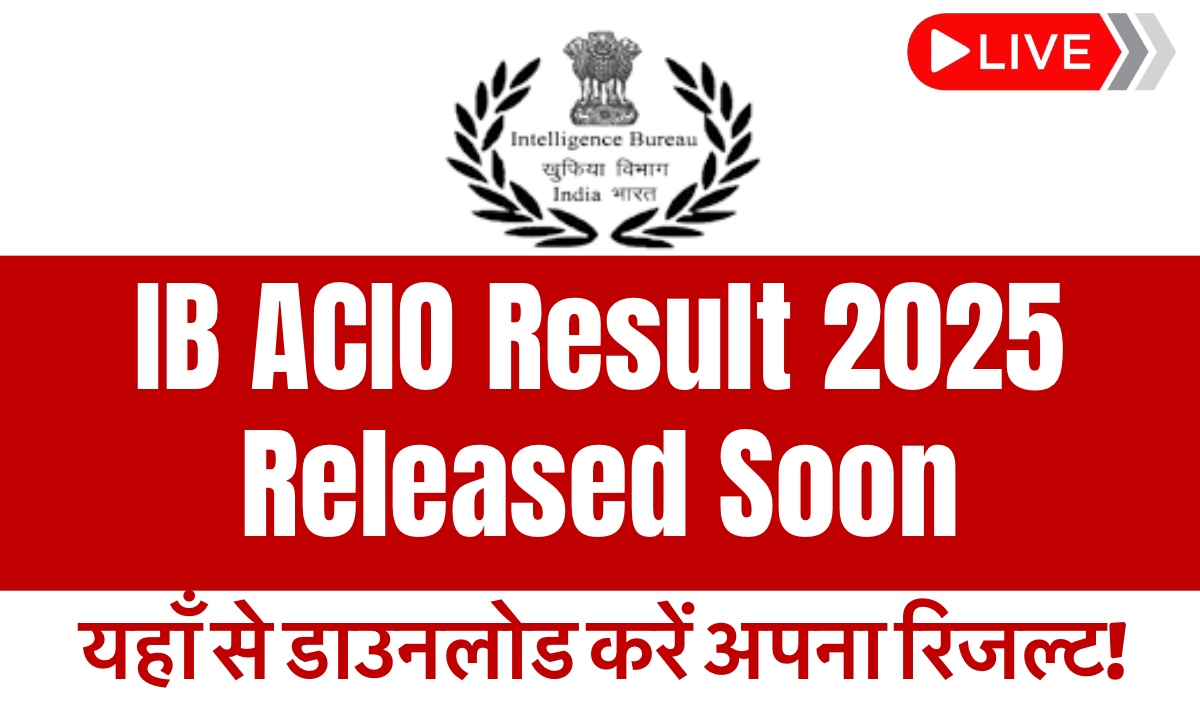Tracing OpenAI Agent Responses Using MLflow: A Friendly Guide for Developers:As AI agents powered by OpenAI models become increasingly integrated into real-world applications, tracking and understanding their behavior is more important than ever. Developers need visibility into how these agents respond, why they made certain decisions, and how they can be improved. This is where MLflow, an open-source platform for the machine learning lifecycle, can play a powerful role.
In this article, we’ll show you how to trace OpenAI agent responses using MLflow, providing you with valuable insights into your AI’s performance, accuracy, and decision-making process.
Why Trace OpenAI Agent Responses?
Whether you’re building a customer support chatbot, a virtual assistant, or an autonomous AI agent, understanding how your model responds is key to:
- Debugging unpredictable outputs
- Measuring performance and latency
- Ensuring responsible AI behavior
- Tracking changes across model versions
- Improving user experience through better prompts
What Is MLflow?
MLflow is an open-source platform designed to manage the end-to-end machine learning lifecycle. It offers four main components:
- Tracking: Log and view parameters, metrics, and outputs
- Projects: Package ML code in a reproducible format
- Models: Manage and deploy models
- Registry: Store, annotate, and manage model versions
For our use case, MLflow Tracking is the main focus — helping us log prompt inputs, agent outputs, metadata, and system performance.
How to Use MLflow to Trace OpenAI Agent Responses
1. Set Up MLflow
Install MLflow via pip:
bashCopyEditpip install mlflow
You can start a local MLflow tracking server by simply running:
bashCopyEditmlflow ui
Then visit http://localhost:5000 to access the dashboard.
2. Integrate MLflow with OpenAI Agent
Let’s say you’re using an OpenAI agent that generates responses based on user prompts. Here’s how you can wrap your logic with MLflow tracking:
pythonCopyEditimport mlflow
import openai
import time
def trace_agent_response(prompt):
with mlflow.start_run():
mlflow.log_param("prompt", prompt)
start_time = time.time()
response = openai.ChatCompletion.create(
model="gpt-4",
messages=[{"role": "user", "content": prompt}]
)
end_time = time.time()
output_text = response['choices'][0]['message']['content']
mlflow.log_metric("response_time", end_time - start_time)
mlflow.log_text(output_text, "response.txt")
print("Agent response logged to MLflow.")
return output_text
3. Log Additional Metadata
To fully leverage MLflow, consider logging:
- Model version
- Temperature or system parameters
- User feedback (if available)
- Token usage (for cost analysis)
Example:
pythonCopyEditmlflow.log_param("model", "gpt-4")
mlflow.log_param("temperature", 0.7)
mlflow.log_metric("tokens_used", response['usage']['total_tokens'])
4. Visualize and Compare Responses
Using the MLflow UI, you can:
- Compare responses across different prompt versions
- Analyze response time and token usage
- Monitor for anomalies or performance drops
- Track improvements after prompt tuning
Bonus: Secure and Scale Your MLflow Setup
For production environments:
- Deploy MLflow on a secure cloud backend
- Connect it to a central database like MySQL or PostgreSQL
- Use tools like S3, Azure Blob, or Google Cloud Storage for artifacts
Final Thoughts
By tracing OpenAI agent responses with MLflow, you gain clarity, control, and confidence in your AI applications. Whether you’re optimizing prompts, managing experiments, or auditing model behavior, MLflow empowers you with the data you need to build better, smarter AI.






















